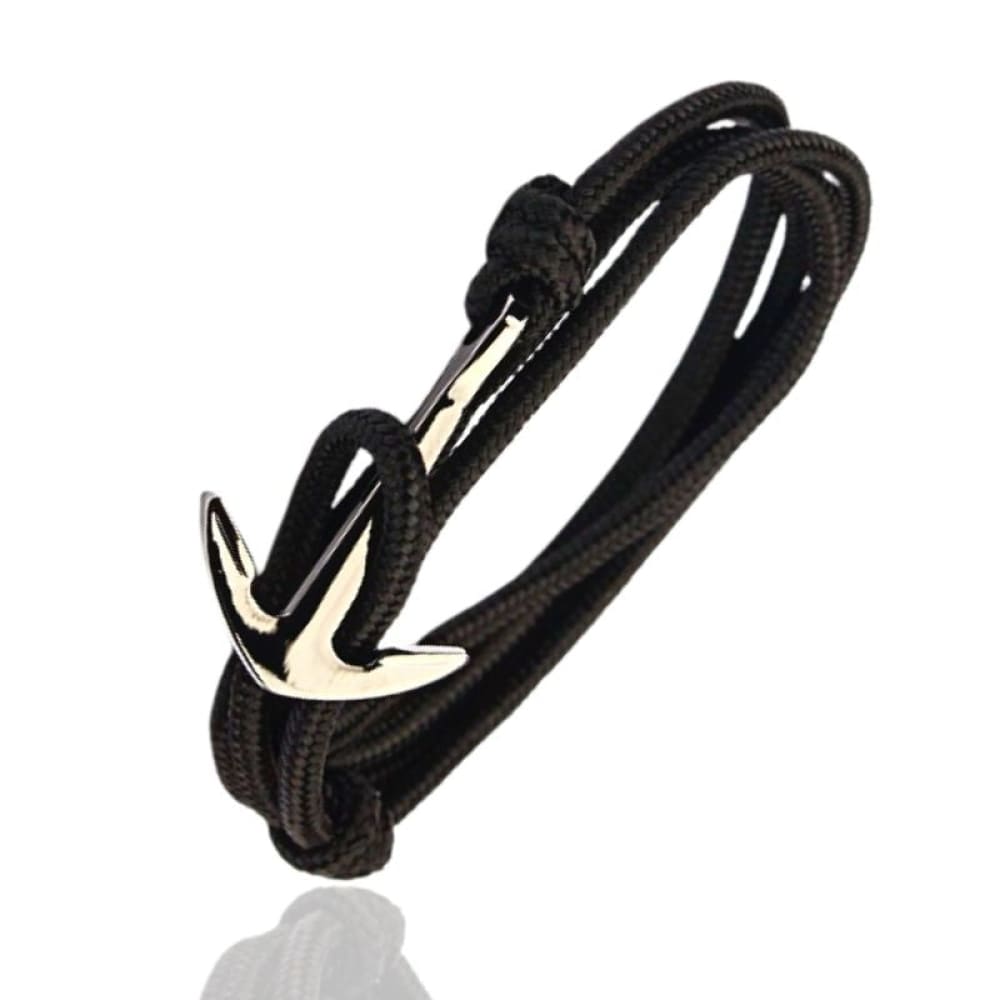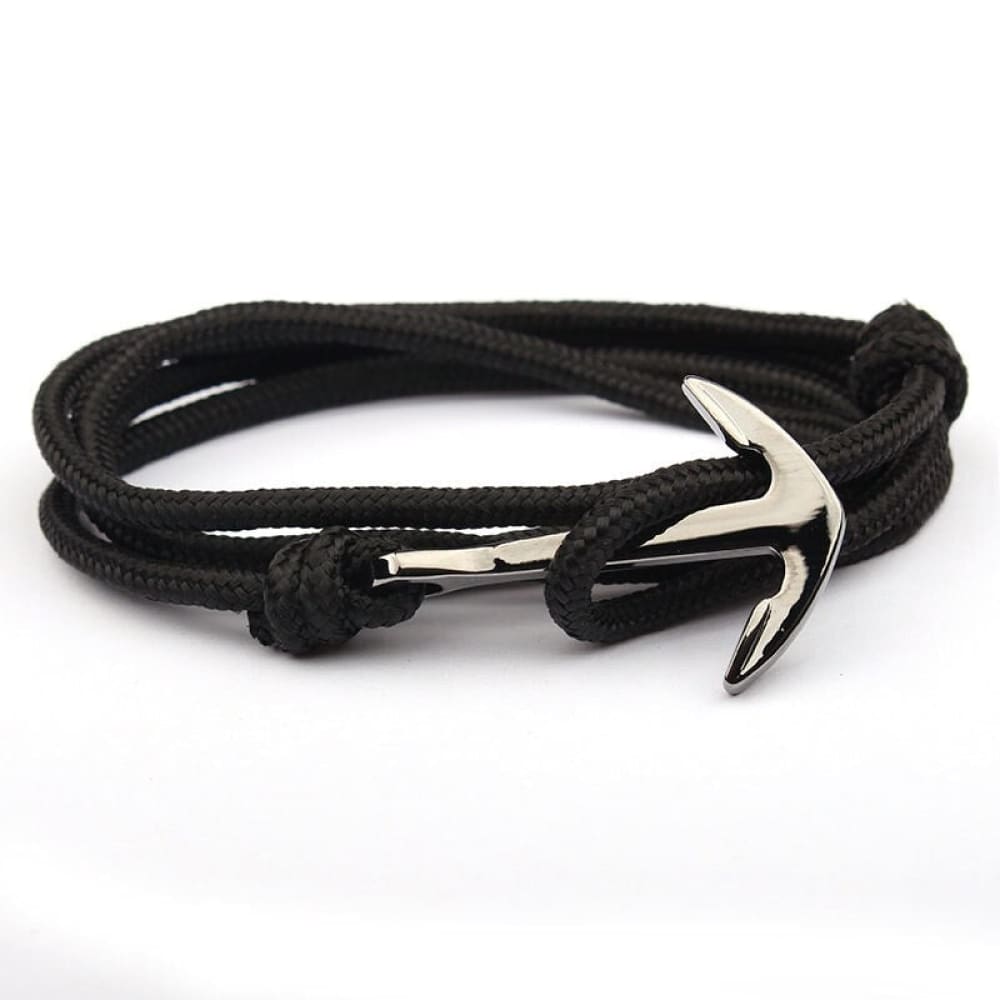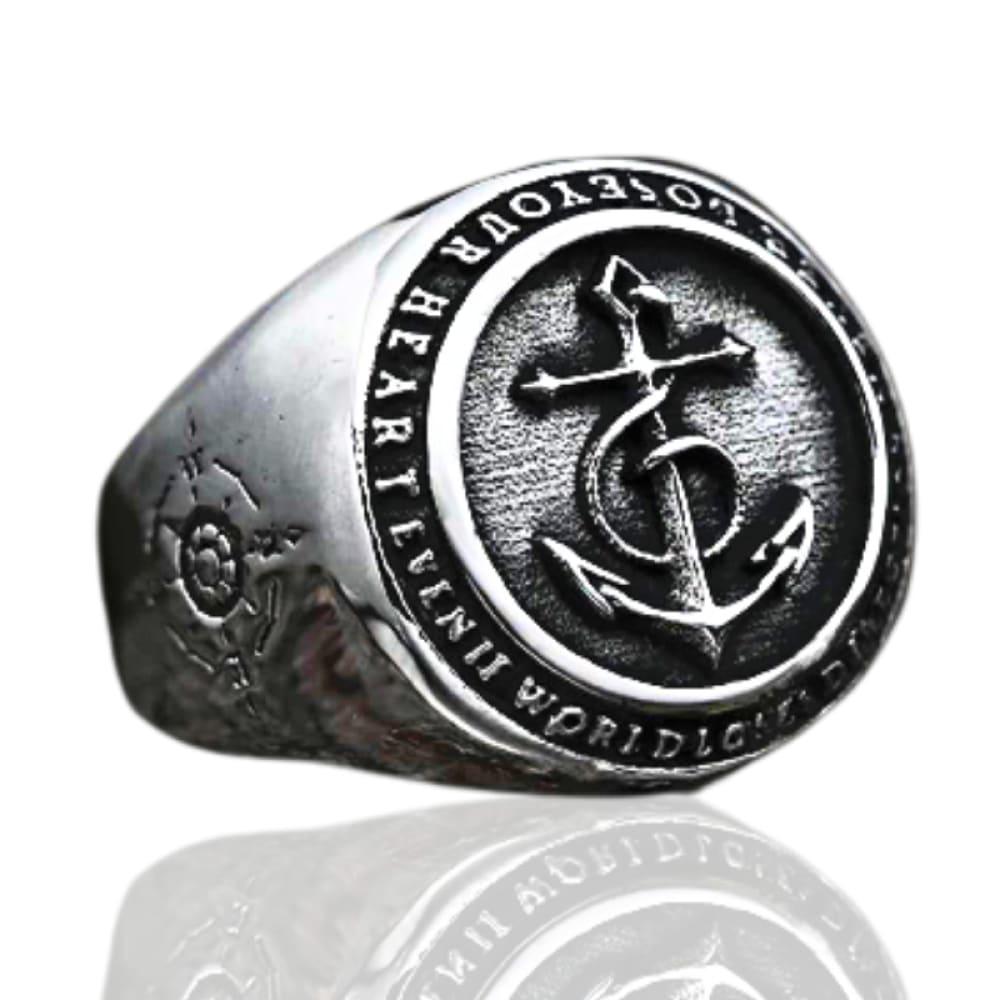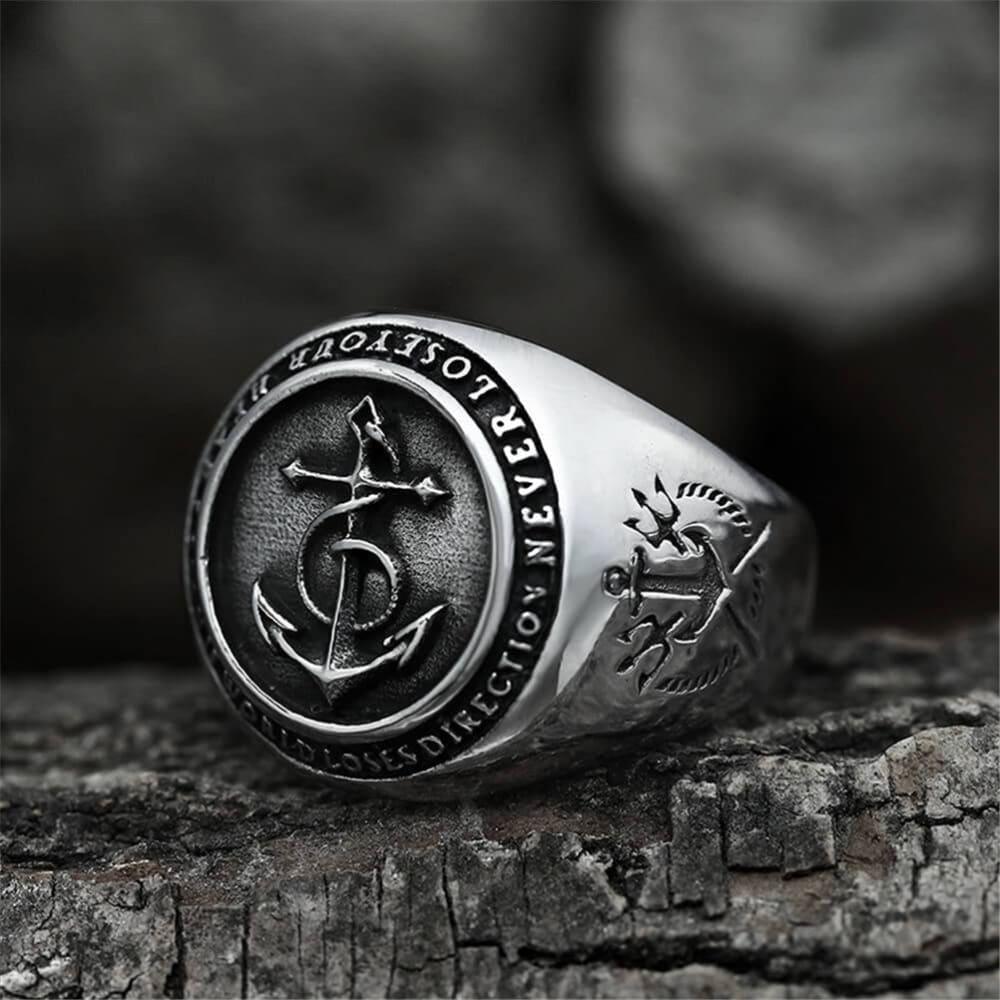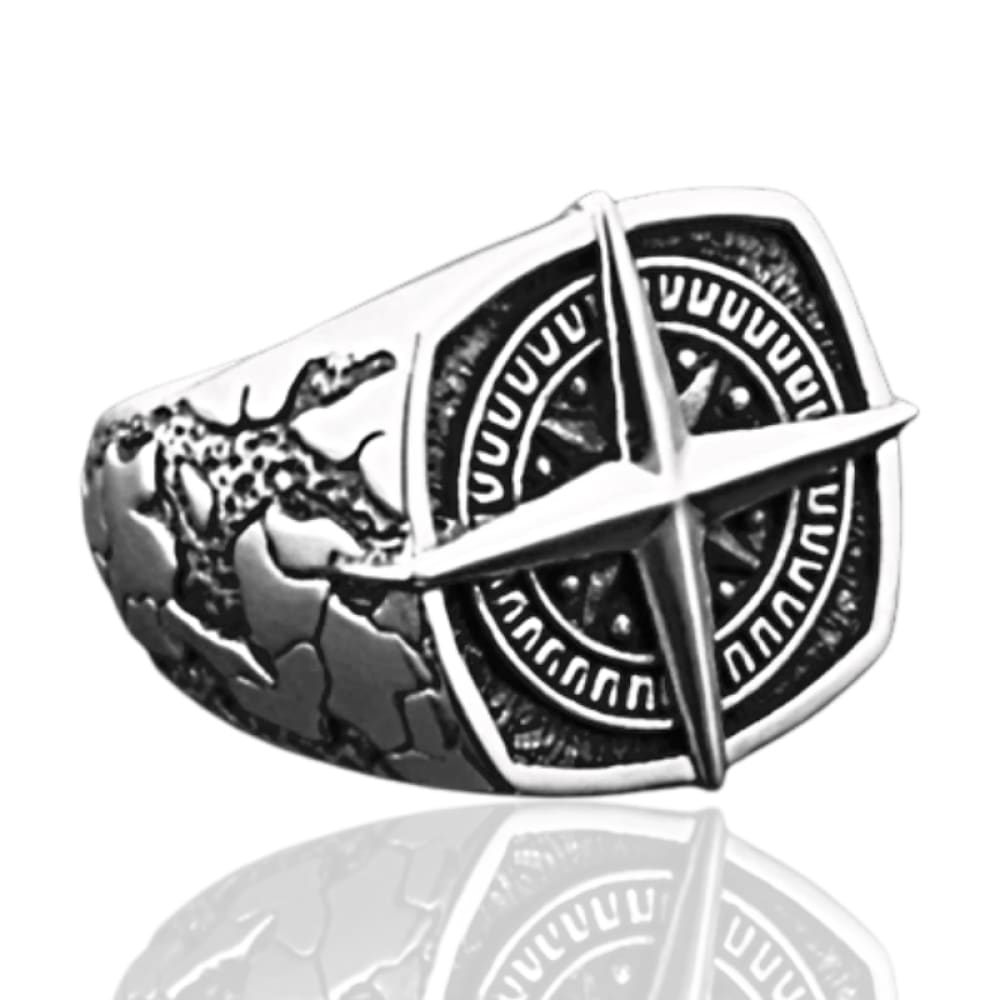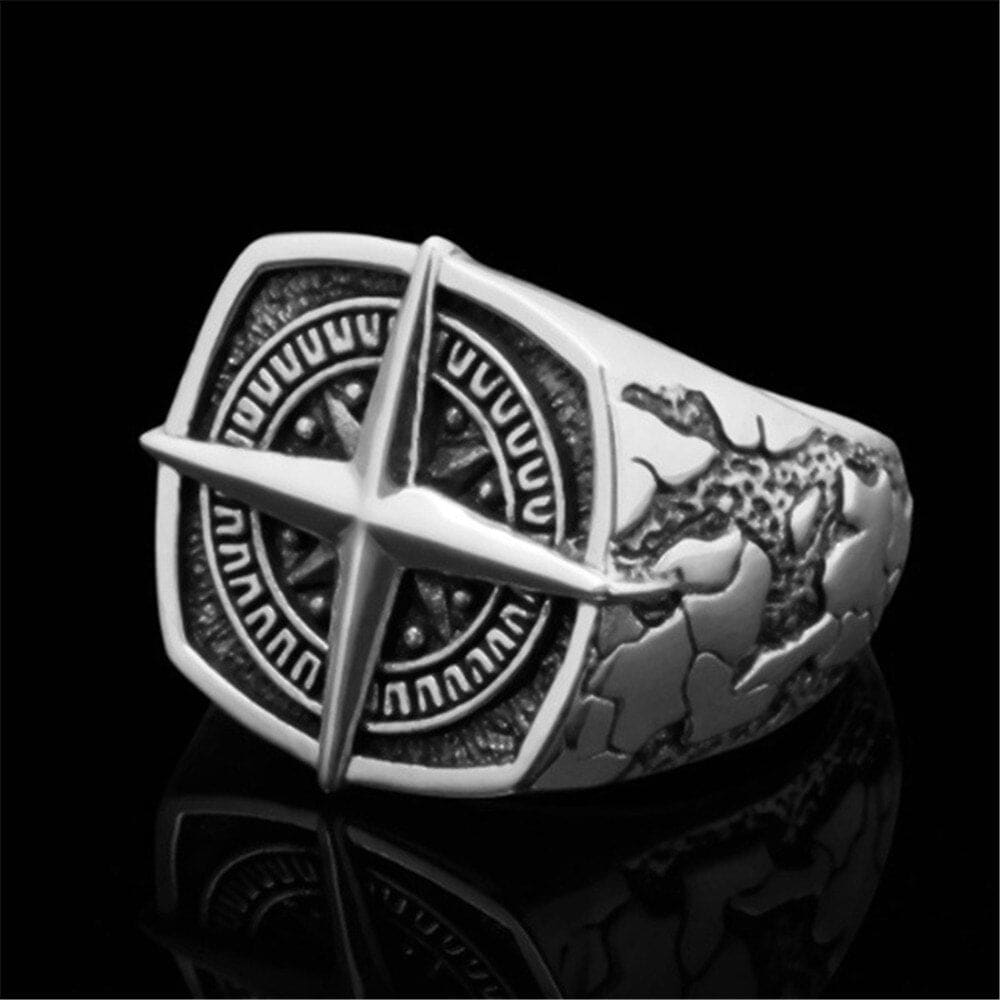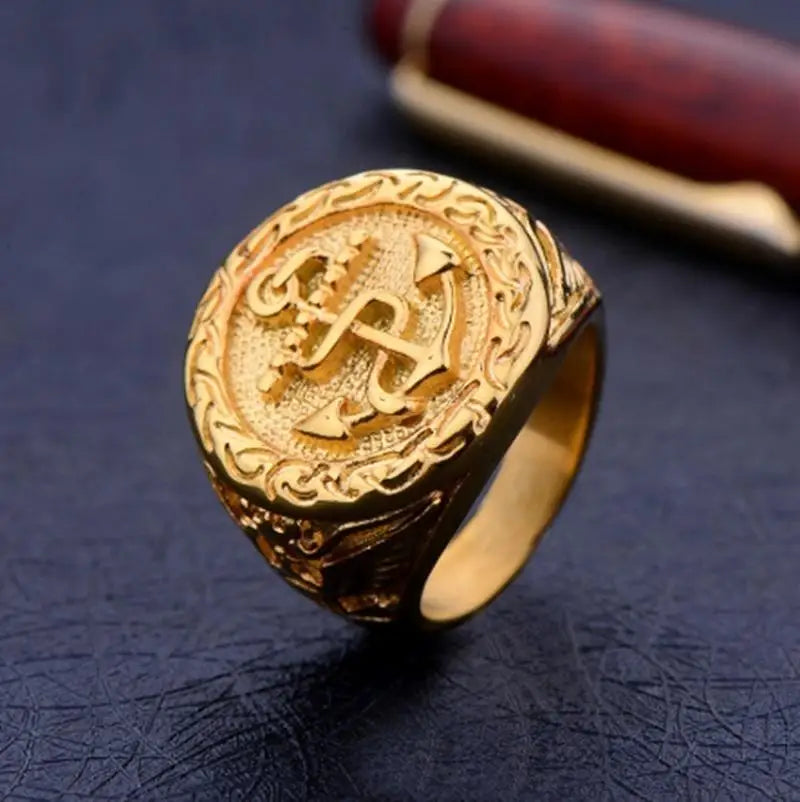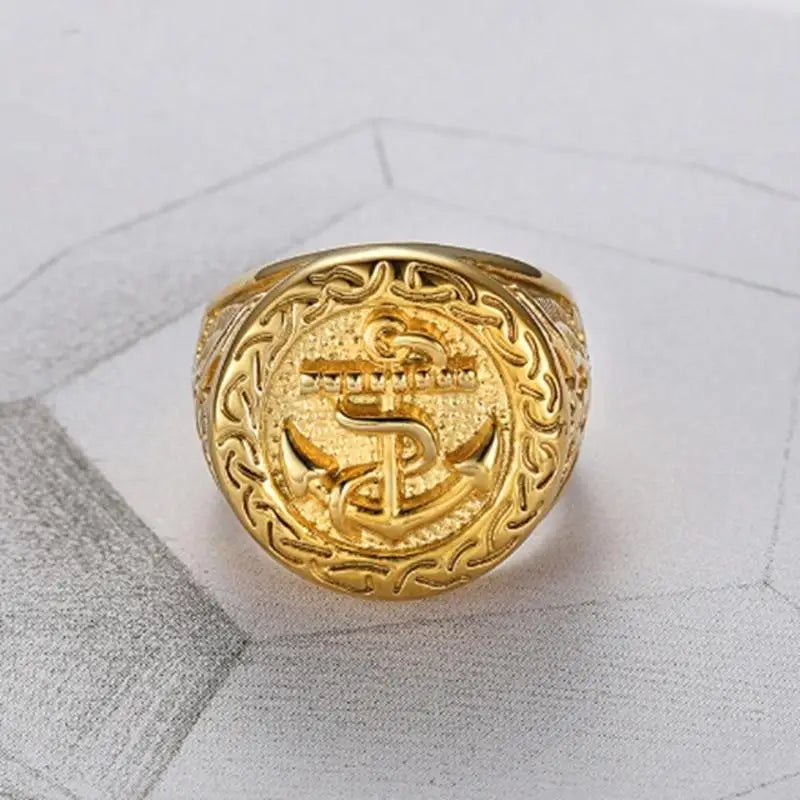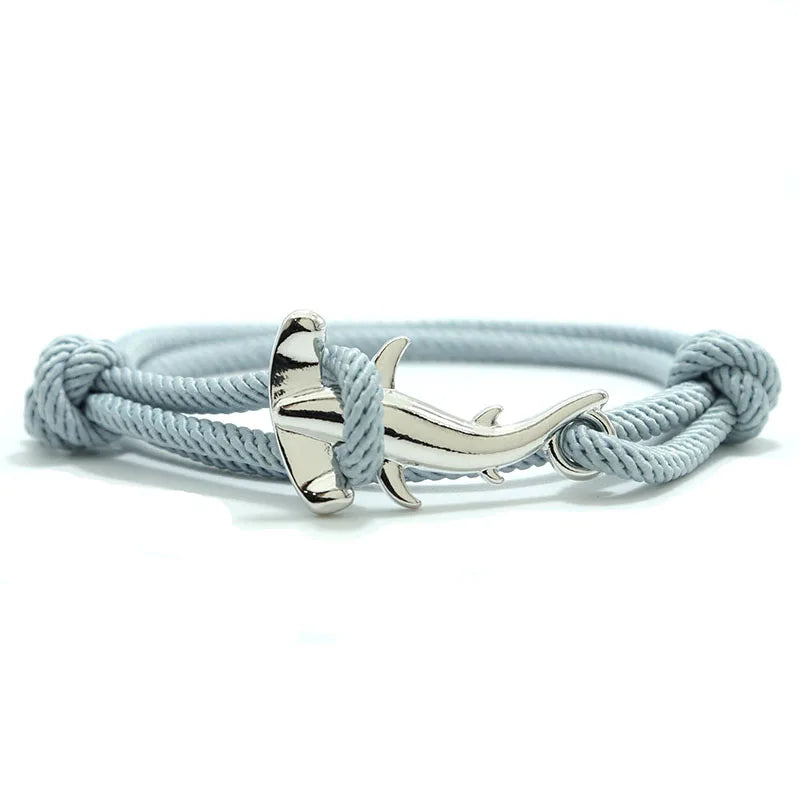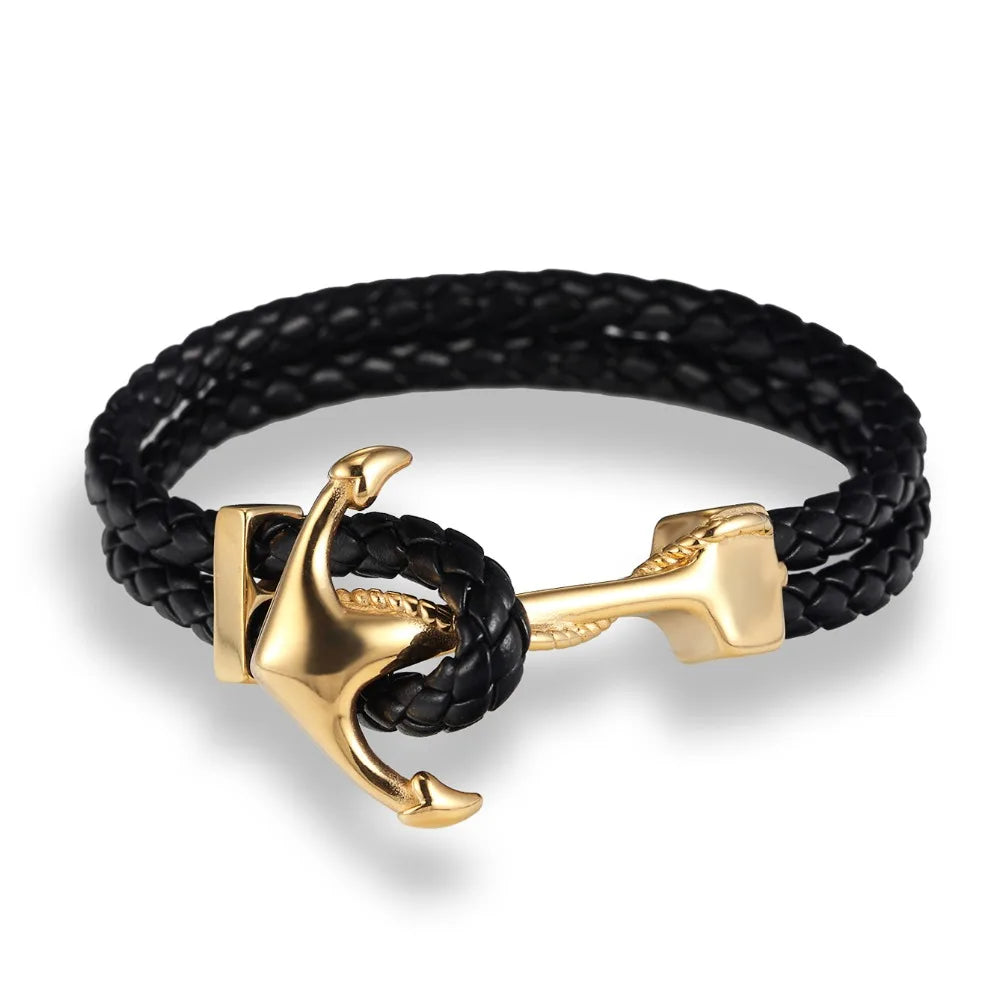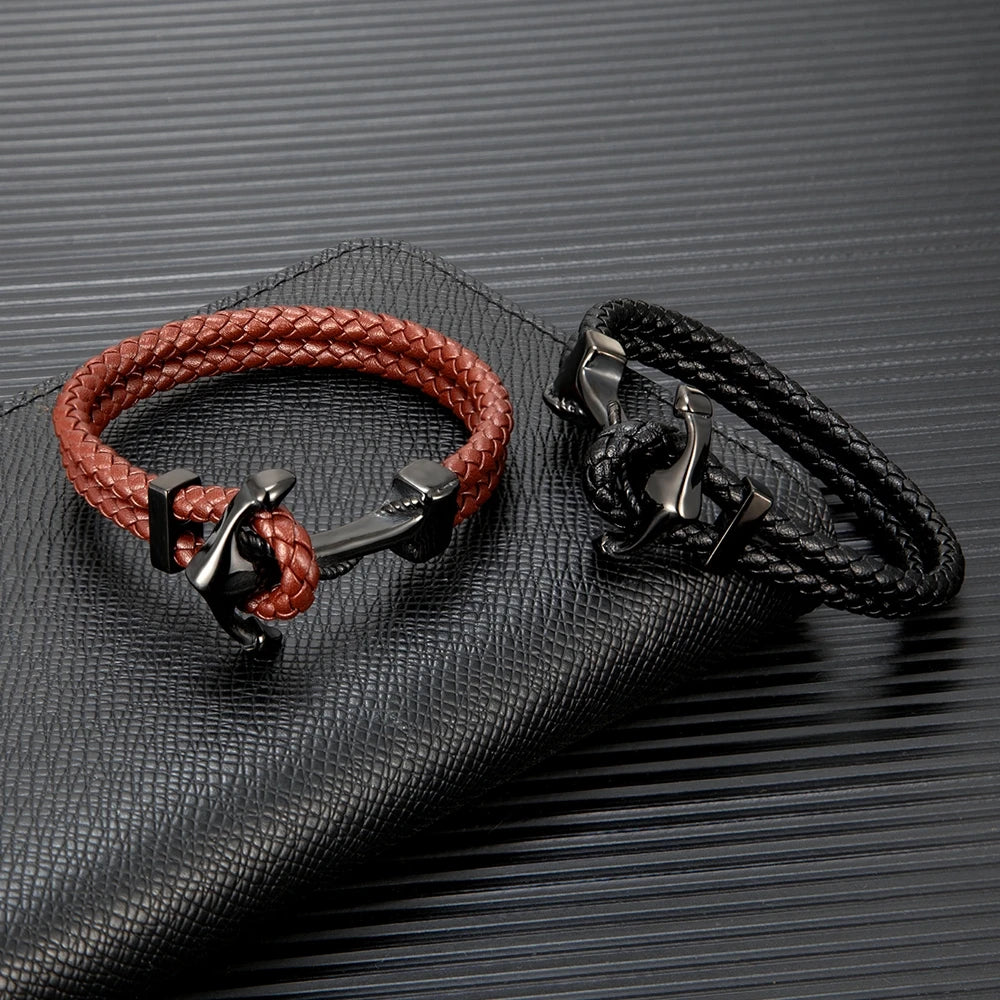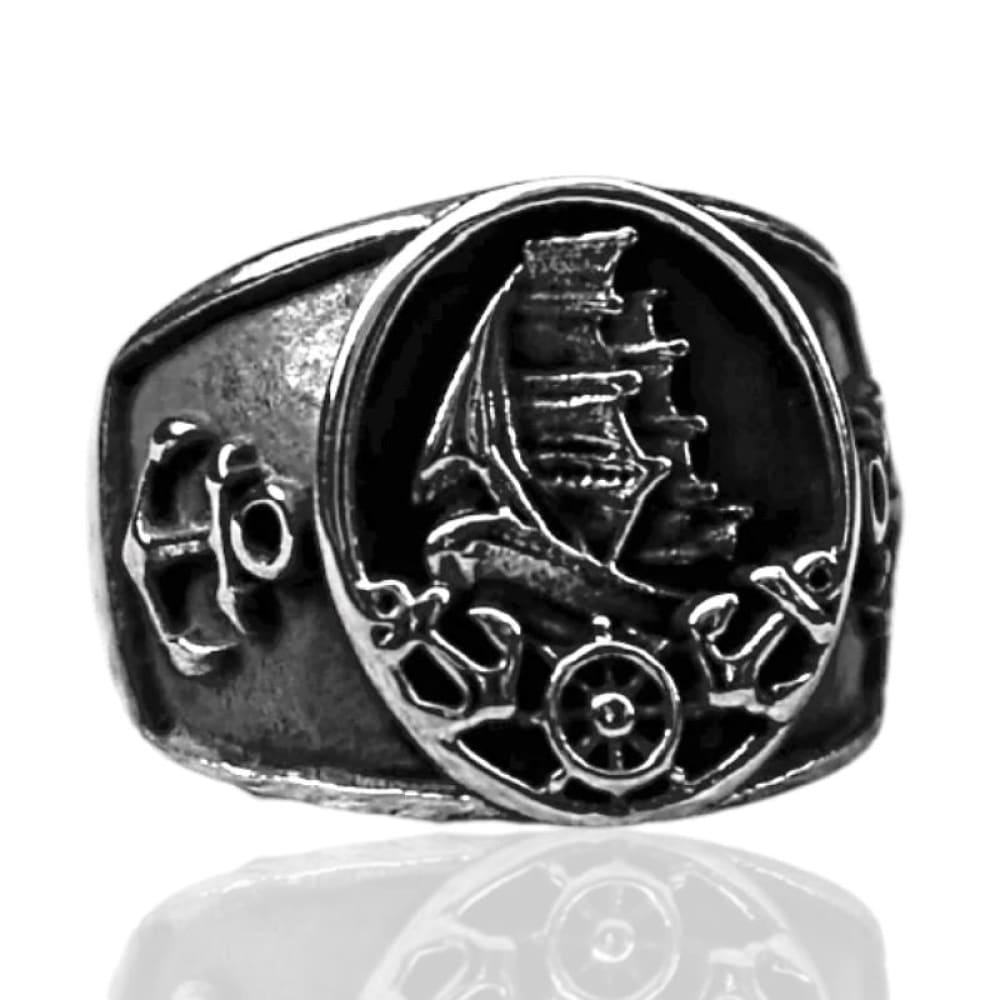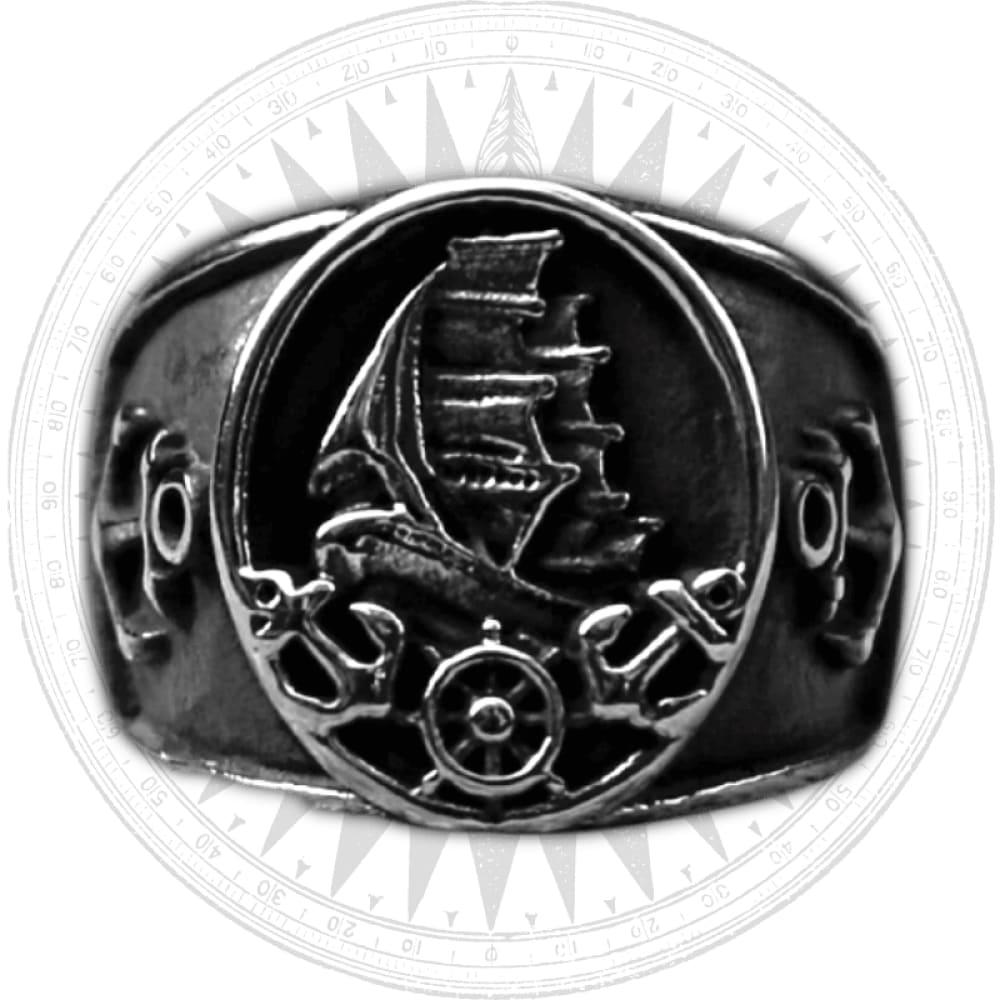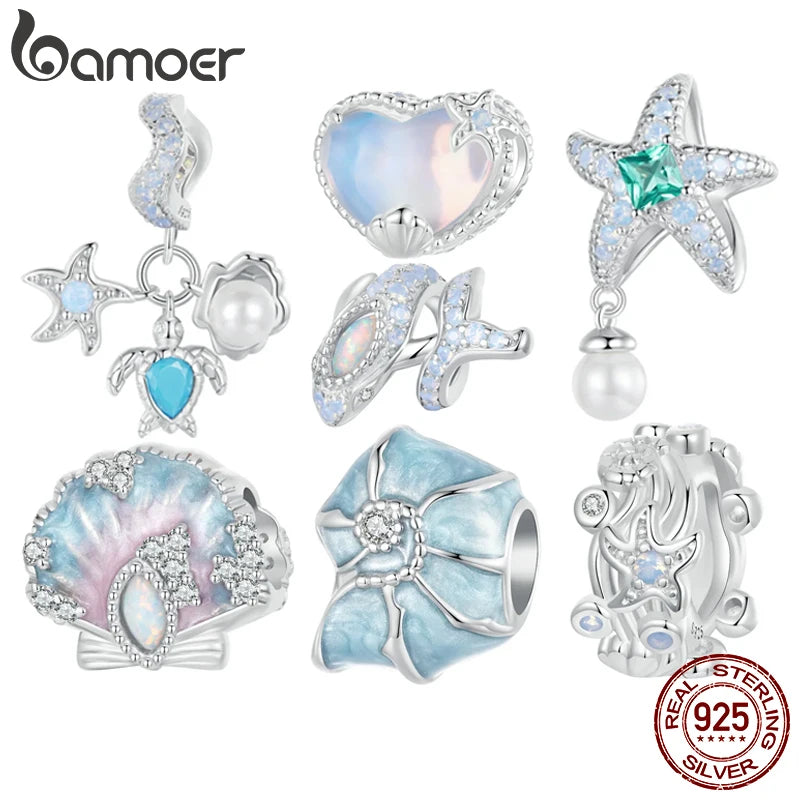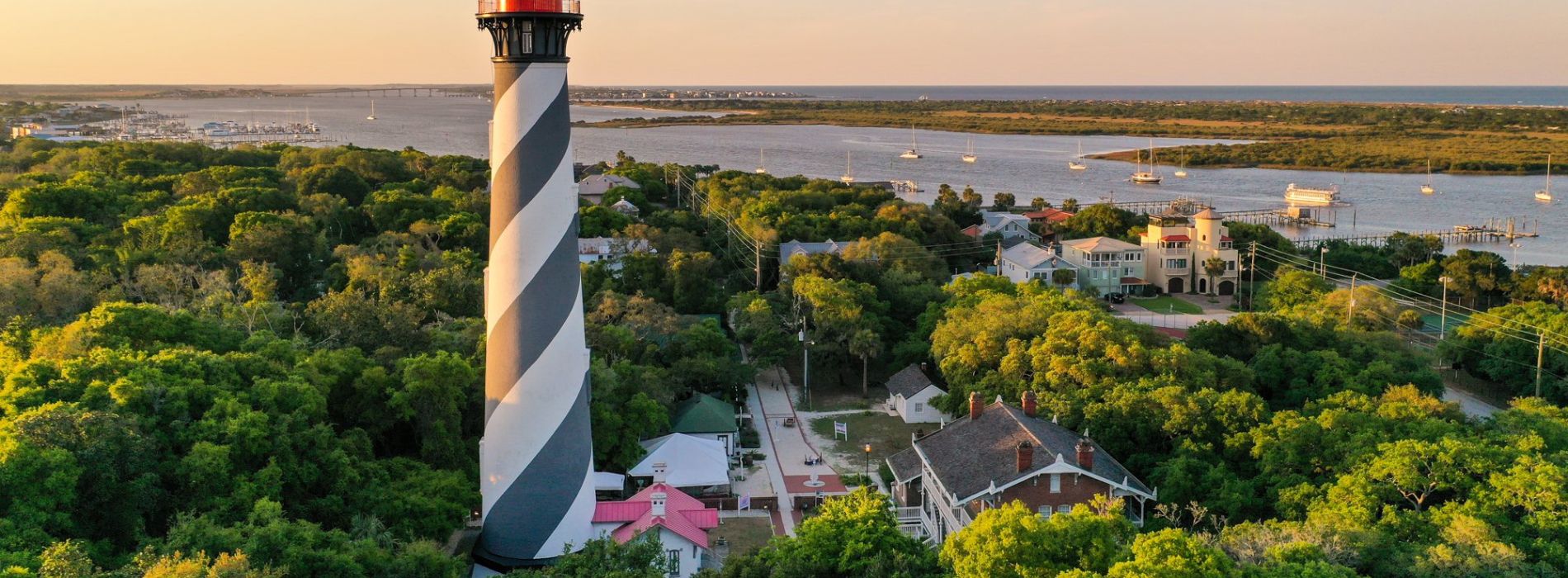Do More Sails Make You Go Faster in Raft? Exploring the Science Behind Sailing Efficiency
The Role of Sails in Raft Speed
Sails are a crucial component of any sailing vessel, including rafts. They harness the power of the wind and propel the raft forward, allowing for smooth navigation through the water. The number of sails on a raft can significantly impact its speed and overall efficiency.
When it comes to increasing speed, the general idea is that more sails equal more power. However, it's not as simple as adding as many sails as possible. The placement, size, and design of the sails also play a vital role in determining the overall performance. Let's dive deeper into the factors that affect raft speed.
Sail Positioning and Sailplan
The position of the sails on a raft can impact its ability to catch the wind efficiently. In traditional sailboats, the sailplan refers to the arrangement and configuration of the sails. It determines the balance, power, and maneuverability of the vessel.
In the case of a raft, having a well thought out sailplan can optimize the distribution of pressure and maximize the use of wind. Placing the sails strategically, such as angling them to the wind direction, can generate forward propulsion, resulting in increased speed.
Furthermore, the size and shape of the sails also matter. Larger sails catch more wind and provide more power, but they may also create more drag. Finding the right balance between sail size and shape is essential to ensure optimal speed and efficiency.
Sail Trimming and Adjustments
Sail trimming involves adjusting the sails to optimize their shape and position relative to the wind direction. Proper trimming can greatly affect the speed and overall performance of a raft.
When the wind conditions change, it's crucial to make necessary adjustments to maintain optimal sail performance. For example, in light wind conditions, trimming the sails to have a fuller shape can help catch more wind and generate forward thrust. On the other hand, in strong winds, flattening the sails can reduce drag and prevent overpowering.
Regular monitoring and adjustments to the sail trim can make a significant difference in the speed achieved by a raft. It allows sailors to adapt to changing wind conditions and optimize their sail setup accordingly.
The Impact of Raft Design on Speed
Aside from sails, the design of the raft itself can also influence its speed and efficiency on the water. Various factors come into play when considering how the physical characteristics of the raft affect its performance.
The shape of the raft's hull plays a crucial role in determining its ability to glide through the water. A streamlined hull design with minimal resistance allows the raft to move more efficiently, translating into higher speeds. Additionally, minimizing weight and reducing any unnecessary bulk can further enhance the raft's speed.
Hydrodynamics and Resistance
Understanding the principles of hydrodynamics can help optimize raft design for better speed. By reducing resistance, a raft can maximize its potential for speed and efficiency on the water.
Some common techniques used in raft design to minimize resistance include smoothing the hull surface, reducing any protruding features, and ensuring a proper balance between buoyancy and displacement. These factors work together to reduce drag and allow the raft to glide smoothly through the water, making it go faster.
Aerodynamics and Wind Resistance
While sails harness the power of the wind, the raft itself can also experience wind resistance. Aerodynamic considerations can help minimize the impact of wind on the raft's speed.
To reduce wind resistance, the shape and profile of the raft should be streamlined. Single-hull rafts with minimal exposed surfaces are generally more aerodynamically efficient. Minimizing any unnecessary features that can catch the wind, such as unnecessary decorations or protrusions, can also help reduce wind resistance and improve speed.
The Power of Proper Navigation
Efficiency in raft sailing not only relies on the number of sails or the design of the raft but also on the skills and knowledge of the sailor. Proper navigation techniques can make a significant difference in the overall speed and performance of a raft.
Understanding wind patterns, tides, and currents allows sailors to navigate more effectively and take advantage of favorable conditions. Knowing when and where to adjust the sails, as well as how to handle different wind angles, can optimize the raft's speed.
Navigating with Wind Angle
Utilizing proper wind angles is crucial for optimal speed. Sailing directly against the wind, known as "upwind," can be slower and require more effort. On the other hand, sailing with the wind, known as "downwind," can result in faster speeds.
By adjusting the sails and the raft's course according to the wind angle, sailors can find the most efficient path and maximize speed. Learning to read wind indicators, such as the direction of flags or the behavior of the water surface, can help determine the best course of action.
Furthermore, tacking and jibing techniques can be employed to navigate efficiently and maintain speed even when the wind is not directly favorable. By making diagonal maneuvers in relation to the wind, sailors can work their way upwind while maintaining forward motion.
Safety and Preparation
While speed is essential, safety should always be a priority. Before setting sail, it's crucial to ensure that the raft is equipped with appropriate safety gear and that all passengers are aware of emergency procedures.
Proper preparation, including checking weather forecasts and establishing communication plans, can help avoid potentially dangerous situations. Being knowledgeable about navigational aids, such as buoys and beacons, can also contribute to safer and more efficient navigation.
Conclusion
When it comes to sailing a raft, the number of sails does impact speed, but it's not the only factor. Proper sail positioning, sailplan, trimming, raft design, and navigation techniques all play crucial roles in maximizing speed and efficiency.
By understanding the science behind sailing efficiency and applying these principles, passionate sea lovers can experience the thrill of gliding through the water at optimal speeds. Embracing the elements and mastering the art of raft sailing opens up a world of possibilities for adventure and exploration on the open sea.



